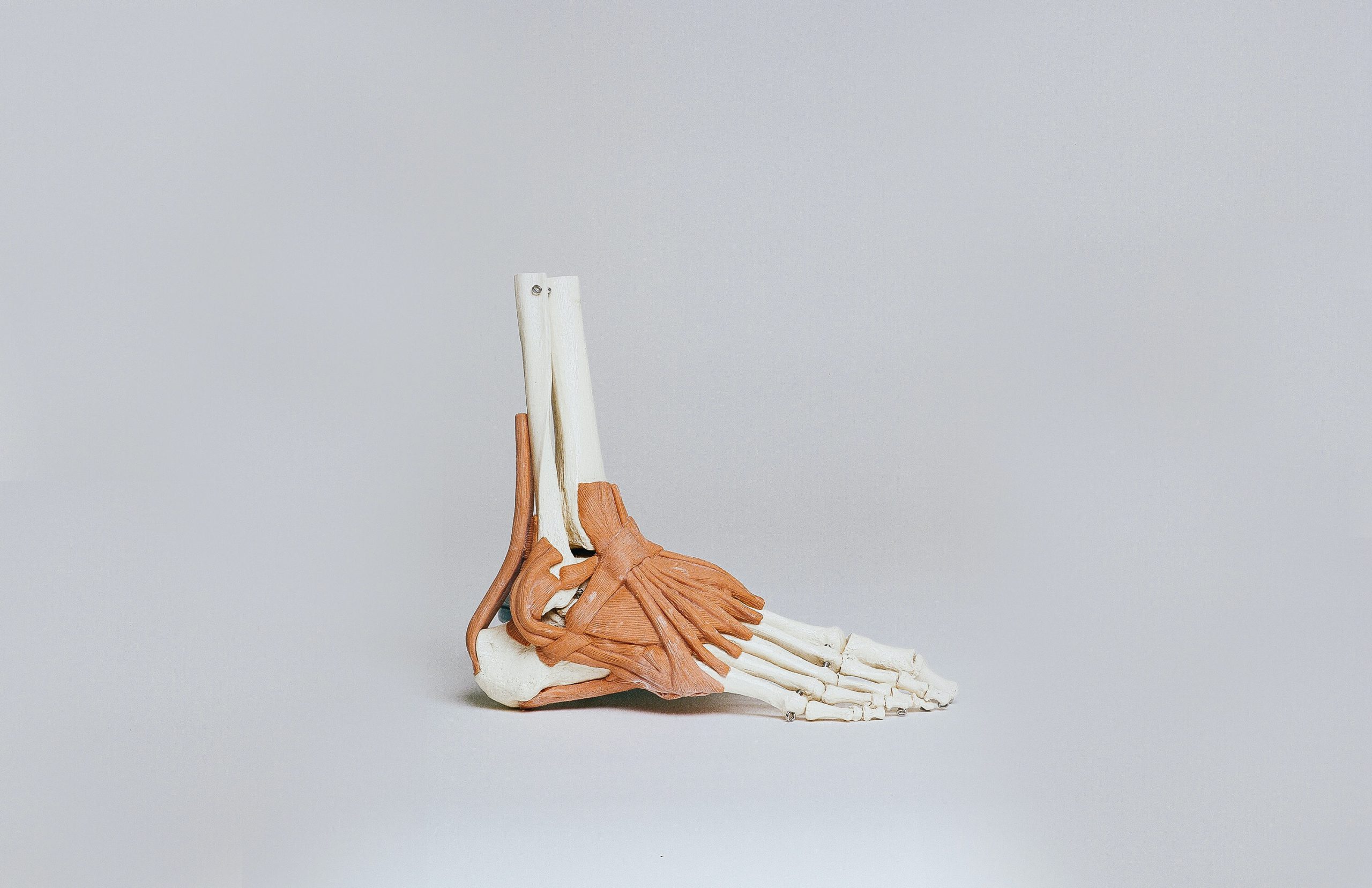Manual therapy: what it consists of and what benefits it brings
What is Manual Therapy and what is it used for
Manual Therapy is a treatment method used by physiotherapists, who use highly specialised manual techniques to solve patients’ neuro-musculo-skeletal dysfunctions. The aims of Manual Therapy certainly include pain reduction and the treatment of inflammation, improvement of joint mobility, reduction of muscular and visceral tensions.
The most famous and commonly used methods in physiotherapy are:
- The Maitland Concept
- Stecco Fascial Manipulation
- The McKenzie method
- The Kaltenborn method
- The Mulligan method
- Strain-Counterstrain
The main points of Manual Therapy
The main points of the Manual Therapy method are the following:
Initial assessment.
This is the cornerstone of every manual therapy concept. Assessment is fundamental for the physiotherapist to be able to identify the cause of the patient’s problem and the best treatment. The assessment is performed on the basis of:
- Interview and case history. The physiotherapist asks specific questions aiming to identify the patient’s problem and any past injuries in order to formulate one or more hypotheses on the origin of the pain/limitation. During this process, it is always useful to view the results of any instrumental tests, including Magnetic Resonance, X-rays or scans.
- Physical tests. Using active and/or passive tests, the physiotherapist confirms or changes the hypothesis, by recreating the patient’s pain or identifying any limitations in movement in the investigated areas.
- Palpation assessment. This is the time when the therapist uses their hands to identify sensations in the patient’s tissues that indicate any dysfunctions. The aim of palpation techniques depends on the method used: it is possible to find fascial densification, Tender Points, Trigger Points, joint stiffness and other symptoms. Palpation assessment is the last confirmation the physiotherapist needs in order to begin the Manual Therapy.
The therapy.
Having identified and confirmed the cause of the problem, a targeted treatment is given using manual techniques. These vary according to the Manual Therapy method applied and according to the patient’s clinical situation. Generally, more delicate techniques are used for acute inflammation, while more intense methods can be used for sub-acute or chronic conditions.
Which techniques are used in manual therapy
Manual Therapy techniques can be divided into two macro-groups:
Direct manual therapy techniques
These are all the methods involving manual techniques directly on the dysfunction. This group includes joint mobilisation, the treatment of Trigger Points, High Velocity Low Amplitude Thrust Techniques (HVLAT), treatment of deep fascia densification, stretching, massage, traction, pompage, lymph drainage etc.
Indirect manual therapy techniques
These are the main techniques of the US osteopathy method, Strain-Counterstrain. This is an indirect, neurological manual medical technique, in which the target structure is placed in a passive position with specific shortening for 90″, aiming to stop and reprogramme the incorrect neurological activity causing the dysfunction. These techniques cause no pain to the patient but are very powerful, as they act in-depth on the neuromuscular spindles that often cause the patient’s pain or tension.
Which disorders are commonly treated using Manual Therapy
Potentially, all syndromes of the neuro-musculo-skeletal system can be treated with Manual Therapy. The following dysfunctions can be assessed and successfully treated:
- Lumbago and lumbosciatica
- Cervicalgia and cervical radiculopathy
- Cervical headaches
- Shoulder pain
- Hip and pelvic pain
- Pubalgia
- Epicondylitis
- Sacroiliitis
- Knee pain
- Joint stiffness
Physiotherapy techniques usually associated with Manual Therapy
Manual Therapy is an excellent assessment and treatment method, but we should not think that it can solve everything on its own. In fact, to completely and quickly resolve the situation or prevent them from returning, manual therapy is often associated to other physiotherapy techniques. The most common are:
- Therapeutic Exercise: These are active exercises to be performed under the supervision of the physiotherapist, or on your own at home, aiming to strengthen weak muscles, increase flexibility in stiff muscles, improve cardiovascular conditions and coordination and mobilised the joints. It is often the ideal complement for Manual Therapy.
- Postural re-education: In many cases, especially to prevent the condition from returning, the patient’s posture has to be improved. The best way to do this is with 1-to-1 sessions using postural re-education, including the Mezieres, Souchard or Pancafit methods. In addition, the patient is taught which postures to avoid during their everyday lives, and useful strategies for improving ergonomic positions at work.
- Instrumental therapy: Used above all in acute phases, as a support for Manual Therapy, in order to reduce pain and/or tension. The most common are TECAR, LASER and Ultrasound.









